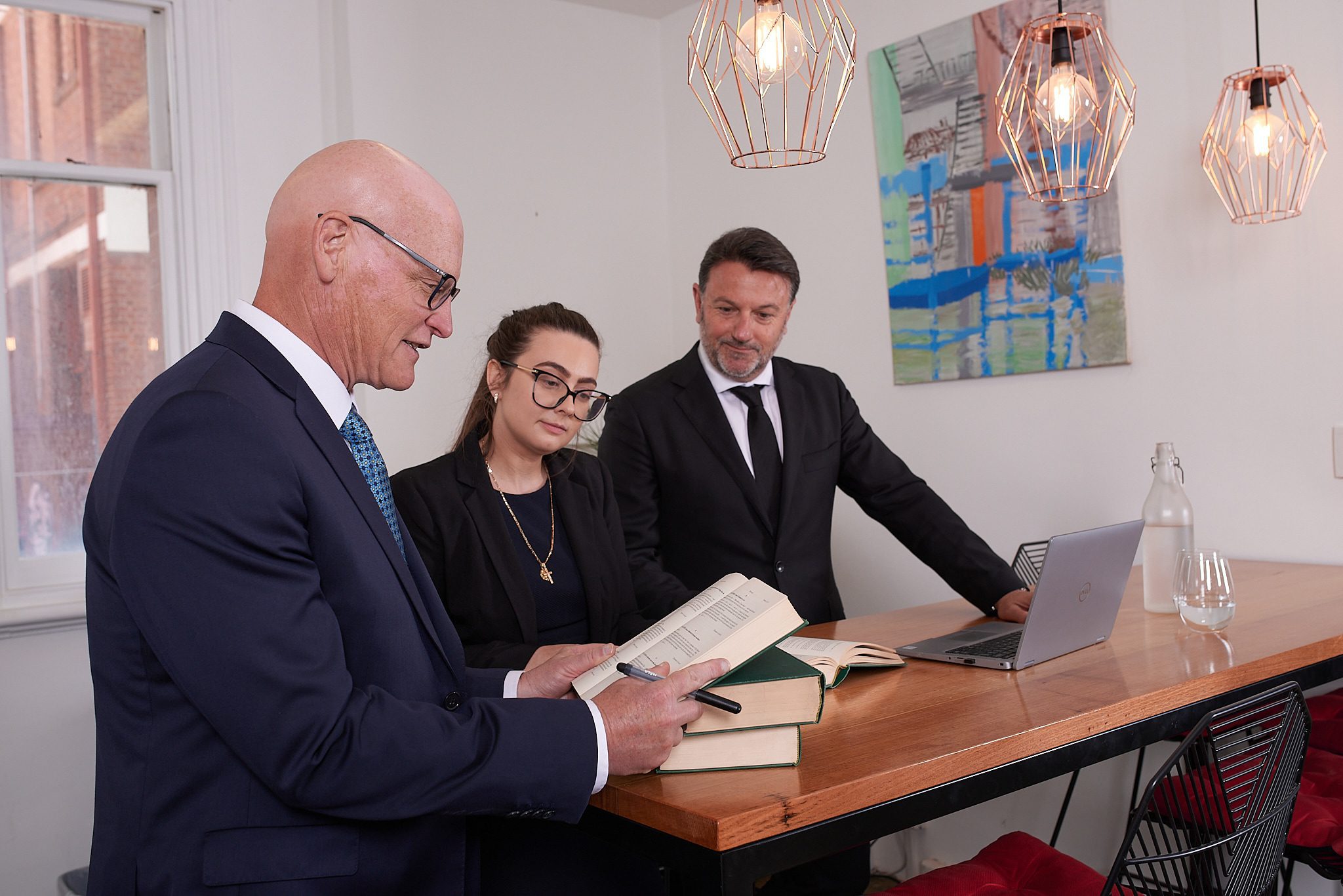Caveats on Property
On this page
If you’re buying or selling a house, you may have come across the term ‘property caveat’. But what do caveats on property mean and how do they affect you? Read on to learn more. And if you need help, Culshaw Bishop Lawyers’ experienced conveyancing team is here to advise you in respect to any caveatable interests that may exist in your circumstances.

What does caveat mean in property?
The Latin definition for caveat is “beware”. In legal terms, a caveat is a document that is lodged when a person has an unregistered interest in a property. This can happen when, for example, one party has made financial contributions to a property that is owned in their partner’s sole name.
When should a caveat be used?
A caveat is used to protect or warn other parties that there are unregistered interests that affect the property including mortgage, leases, contracts, beneficiaries in Wills and estates, or other reasonable factors. A caveat can be lodged to ensure that the property is not sold, or used as security, without the consent of the non-owner spouse. This can be invaluable in circumstances where a marriage or de facto relationship is breaking down.
How long does a caveat last in SA?
In South Australia, a caveat is registered against the title of the property until the caveat is withdrawn or removed.
How do you put a caveat on a property in South Australia?
In order to put a caveat on a property in South Australia, you will need to have a caveatable/equitable interest in the property. Section 191 (1) of the Real Property Act 1886 (SA) sets out who is entitled to lodge a caveat. Once the caveatable interest has been determined, you will need to lodge the caveat to protect your interest in the property and to prevent any further dealings with the property.
It is important to correctly establish the caveatable interest before registering because if the interest is unjust or unreasonable, then you could be held liable to pay compensation.
We recommended speaking with our experienced legal team who will help you navigate the caveat process.
How do I remove a caveat from my property in South Australia?
If the caveator agrees to the removal or withdrawal of the caveat, the process is simple. A withdrawal of caveat form will need to prepared and signed.
In order to remove a caveat, the caveatee would need to object to the caveat and make an application to the Registrar General to motion the removal.
In some circumstances, the Court may be persuaded that there is an arguable case to keep the caveat in place, which can ultimately extend the caveat removal process until such issues can be resolved. Arguing that there are proper grounds to keep the caveat in place can be a costly and time consuming process.
At Culshaw Bishop Lawyers, we recommend speaking with our dedicated team who will help you every step of the way.












